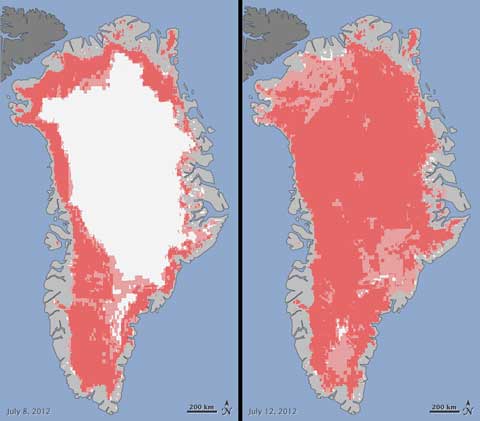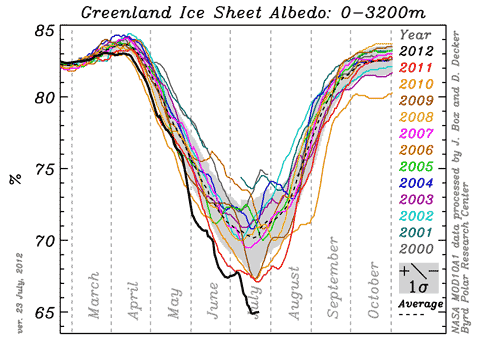2012Amidst the blizzard of year-end roundups, here’s one you have to read in full — a joint effort put together by a diverse group of bloggers and scientists: Angela Fritz, Eli Rabett, Emilee Pierce, Greg Laden, Joe Romm, John Abraham, Laurence Lewis, Leo Hickman, Michael Mann, Michael Tobis, Paul Douglas, Scott Mandia, Scott Brophy, Stephan Lewandowsky, Tenney Naumer and yours truly. Lead author Greg Laden explains:
A group of us, all interested in climate science, put together a list of the most notable, often, most worrying, climate-related stories of the year, along with a few links that will allow you to explore the stories in more detail. We did not try to make this a “top ten” list, because it is rather silly to fit the news, or the science, or the stuff the Earth does in a given year into an arbitrary number of events. (What if we had 12 fingers, and “10” was equal to 6+6? Then there would always be 12 things, not 10, on everyone’s list. Makes no sense.) We ended up with 18 items, but note that some of these things are related to each other in a way that would allow us to lump them or split them in different ways. See this post by Joe Romm for a more integrated approach to the year’s events. Also, see what Jeff Masters did here. We only included one non-climate (but related) item to illustrate the larger number of social, cultural, and political things that happened this year. For instance, because of some of the things on this list, Americans are more likely than they were in previous years to accept the possibility that science has something to say about the Earth’s climate and the changes we have experienced or that may be in the future; journalists are starting to take a new look at their own misplaced “objective” stance as well. Also, more politicians are starting to run for office on a pro-science pro-environment platform than has been the case for quite some time.
A failing of this list is that although non-US based people contributed, and it is somewhat global in its scope, it is a bit American based. This is partly because a few of the big stories happened here this year, but also, because the underlying theme really is the realisation that climate change is not something of the future, but rather, something of the present, and key lessons learned in that important area of study happened in the American West (fires) the South and Midwest (droughts, crop failures, closing of river ways) and Northeast (Sandy). But many of the items listed here were indeed global, such as extreme heat and extreme cold caused by meteorological changes linked to warming, and of course, drought is widespread.
Continue reading “The year the earth bit back: top climate stories of 2012”

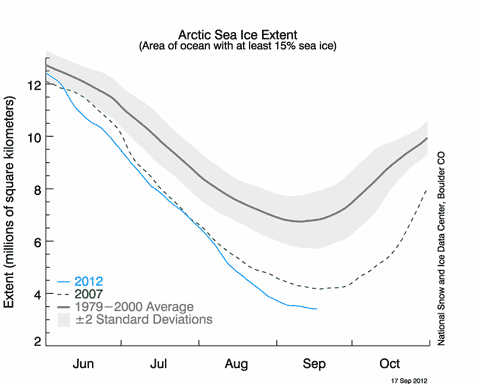
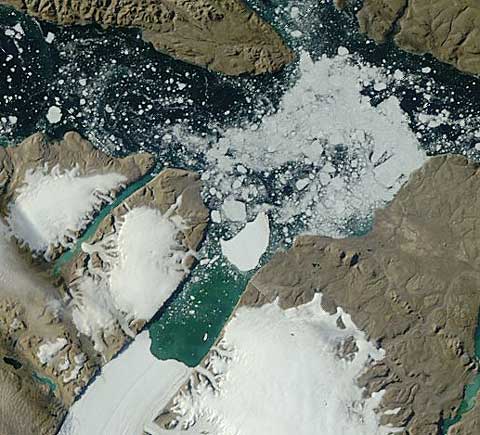
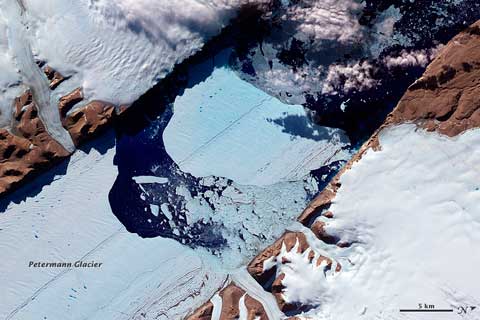
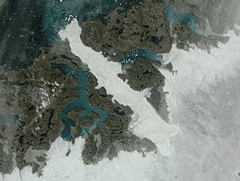 Further south, the the “root” of the
Further south, the the “root” of the 
